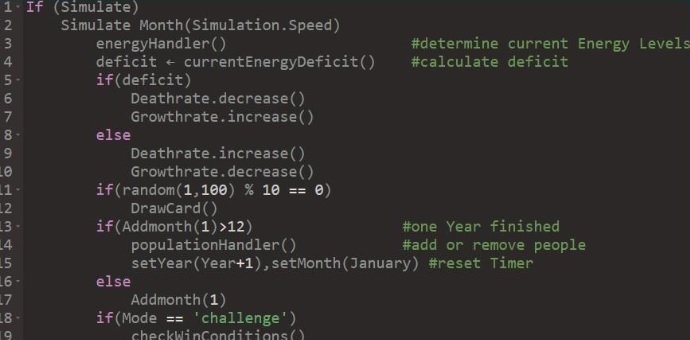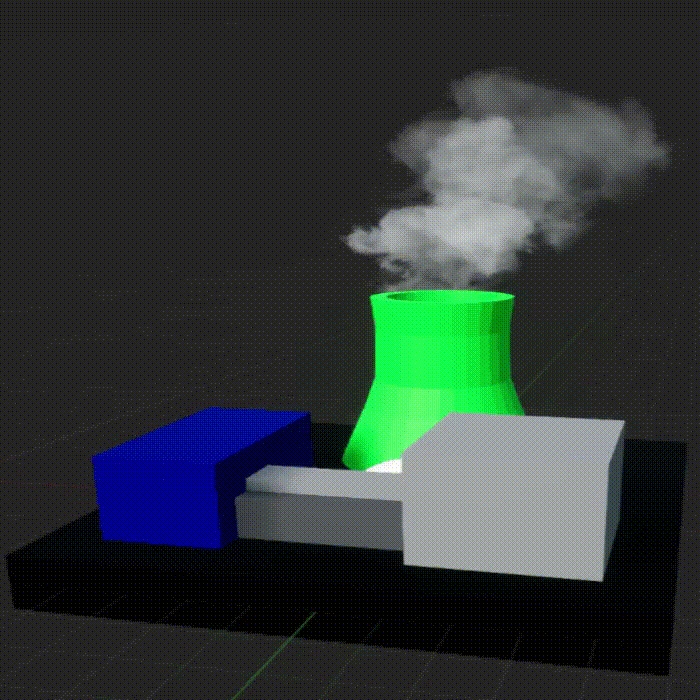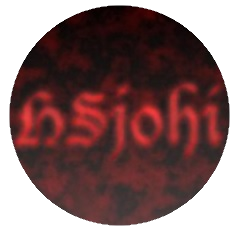As basis and playground for the game serves a procedually generated planet. To accomplish that multiple steps are neccessary.
The initial shape of the planet is a flat sphere. This sphere has multiple requirements to fulfill:
- it has to consist of many manipulatable vertices
- these vertices should be distributed as uniform as possible
- the vertices have to form a continous mesh
To meet those requirements in the first step the vertices are created and placed uniformly in the shape of a cube.
Those vertices are also stored in a 1D array and serve as logical and visible mesh.
After the cube is created it has to be shaped into a sphere. Therefore a formula is used to calculate new point coordinates based on their cube position and
relocate them. This could be done by just normalizing the lengths of the points vectors, in this project we chose a more precise way by using this formula:
x = x*sqrt(1-(y² + z²)/2 + (y²*z²)/3)
y = y*sqrt(1-(z² +x²)/2 + (z²*x²)/3)
z = z*sqrt(1-(x² + y²)/2 + (x²*y²)/3)
After successfully creating the sphere we have to form landmasses. Therefore a noise function, the so called "3 Dimensional Perlin-Noise" was used, which is ideal to transform
surfaces into landscapes.
To form mountains out of continents the Perlin-Noise transformation has to be done twice, the second time on top of the landmasses formed by the first transformation.
In order to render the resulting mesh, it has to be triangulated. Therefore quad cells are counted in 2 orders:
- top left, top right, down left
- down left, top right, down right
Since the points are already vectors in outer direction they are also used as surface normals.
The UV coordinates are created by transforming the point coordinates to longitude,latitude coordinates and map them onto a longitude by latitude texture.
This planet generation based on the Unity-Series of Sebastian Lague
Youtube Playlist






